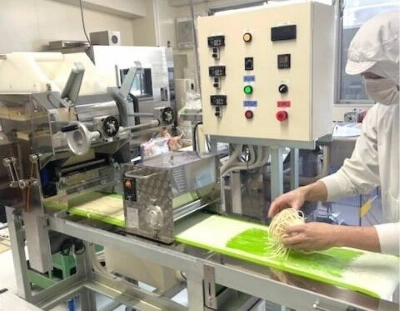The government's plan to develop solar energy as an integral part of Japan's electric power system is starting with power companies buying surplus energy from people who have installed solar collection systems in their homes. To promote solar energy, the companies are required to pay a certain price for the power, and they pass this added cost on to all their customers as a surcharge. On your bill it is designated as taiyoko sokushin fukakin (solar energy promotion supplement) and varies in amount depending on where you live. In regions where solar energy collectors are more prevalent, the surcharge will be larger, since the utilities in those areas pay more money for solar energy. As can be expected, sunnier regions tend to have more solar collectors.
Right now 3.3 percent of homes in Japan have solar systems, which means Japan has a long way to go before it reaches former Prime Minister Naoto Kan's target of 10 million homes with solar systems, which would mean about 40 percent. In Kyushu, which tends to have more days of sunshine than other regions, the portion is 6.4 percent. In Hokkaido, it's only 0.8 percent, which means the average surcharge for Kyushu residents is much higher than it is for Hokkaido residents.
Another factor that determines how widespread solar systems are in a given area is the amount of subsidies local governments offer to residents who install them. In 2010, Aichi Prefecture was No. 1, with 16,000 applications for subsidies, followed by Saitama and Tokyo. Home ownership rates in Aichi and Saitama are very high.

















With your current subscription plan you can comment on stories. However, before writing your first comment, please create a display name in the Profile section of your subscriber account page.